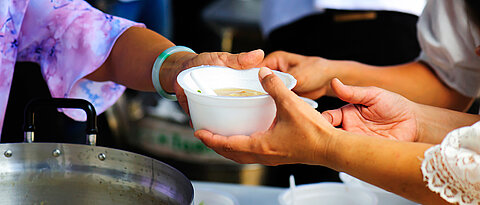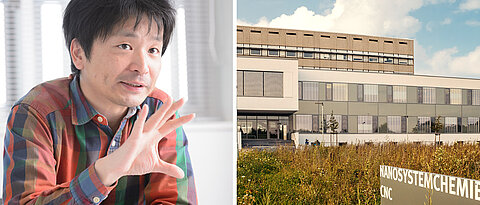Novel Topological Insulator
10/11/2018
For the first time, physicists have built a unique topological insulator in which optical and electronic excitations hybridize and flow together. They report their discovery in "Nature".
more




![[Translate to Englisch:] Fahnen der Universität Würzburg. (Foto: Daniel Peter)](/fileadmin/_processed_/c/b/csm_0927ExStra1-w_96bed4c920.jpg)














